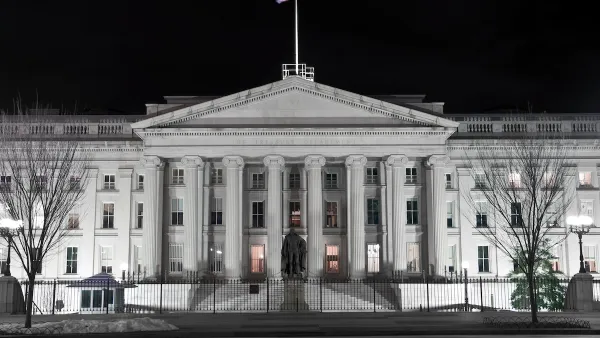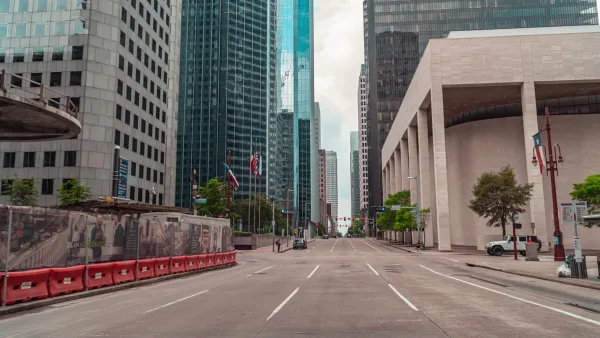Ariel Schwartz reports on the findings of a new study from Urban Affairs Review that surveyed residents from 10 major international cities on what qualities make them most happy.
According to Schwartz, the findings show a significant association between happiness and the built urban environment. "In general, respondents were happiest when their cities had easy access to public transportation, cultural activities, libraries, shops, and sports facilities." Moreover, respondents attributed amenities like clean drinking water and a safe environment as important to their levels of happiness.
Interestingly, the study showed that the concept of a "beautiful city" had little to do with a city's cleanliness. "Living in a ‘beautiful city' was the most important predictor of happiness among survey respondents, but having clean streets, sidewalks, and public spaces weren't rated as being important," writes Schwartz.
Researchers speculate that connectedness is also a key to happiness, pointing to a major difference between the designs of city environments and gated suburban communities. A city is designed and built around shared space, which promotes the building of social connections through shared experiences. Whereas the typical gated suburb, in its layout and appearance, discourages such connections, and by inference, makes people less happy.
FULL STORY: Forget The Suburbs: Living In Beautiful, Well-Designed Cities Makes People Happy

National Parks Layoffs Will Cause Communities to Lose Billions
Thousands of essential park workers were laid off this week, just before the busy spring break season.

Retro-silient?: America’s First “Eco-burb,” The Woodlands Turns 50
A master-planned community north of Houston offers lessons on green infrastructure and resilient design, but falls short of its founder’s lofty affordability and walkability goals.

Delivering for America Plan Will Downgrade Mail Service in at Least 49.5 Percent of Zip Codes
Republican and Democrat lawmakers criticize the plan for its disproportionate negative impact on rural communities.

Test News Post 1
This is a summary

Test News Headline 46
Test for the image on the front page.

Balancing Bombs and Butterflies: How the National Guard Protects a Rare Species
The National Guard at Fort Indiantown Gap uses GIS technology and land management strategies to balance military training with conservation efforts, ensuring the survival of the rare eastern regal fritillary butterfly.
Urban Design for Planners 1: Software Tools
This six-course series explores essential urban design concepts using open source software and equips planners with the tools they need to participate fully in the urban design process.
Planning for Universal Design
Learn the tools for implementing Universal Design in planning regulations.
EMC Planning Group, Inc.
Planetizen
Planetizen
Mpact (formerly Rail~Volution)
Great Falls Development Authority, Inc.
HUDs Office of Policy Development and Research
NYU Wagner Graduate School of Public Service





























